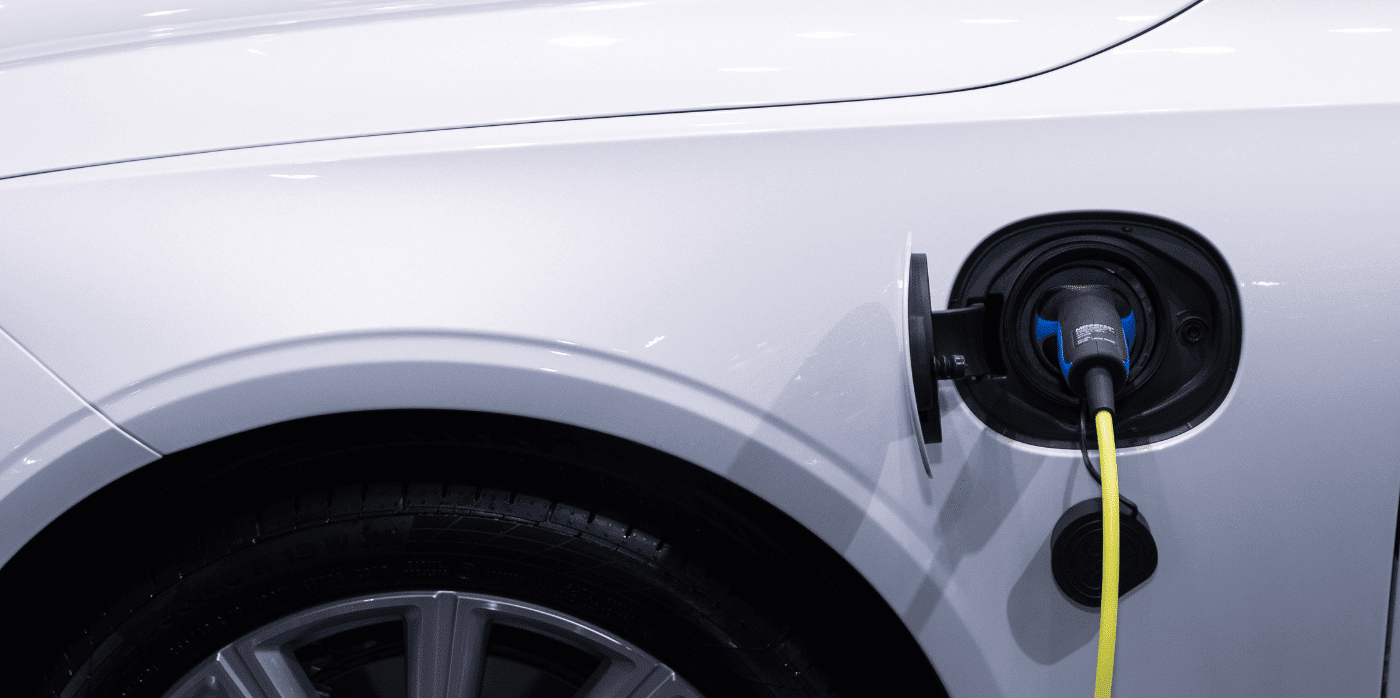Cutting-edge tech captures pollution from vehicle brakes

Spotted: When vehicles slow down, brake pads press against the brake discs, emitting a fine dust of particulate matter. The dust is a major source of air pollution and is highly damaging to lung tissue. Ironically, because electric vehicles are heavier – and so take more braking force to stop – they actually contribute greater amounts of this toxic, braking-related particulate matter than fossil fuel equivalents.
Tallano Technologies is one company working to tackle this problem. Its TAMIC system can capture fine particulates emitted by braking systems, including the brakes of cars, heavy goods vehicles, and trains. The technology consists of a suction and filtration system that prevents fine particles from being dispersed into the air by retaining them at source.
The system is activated using an onboard electronic control and requires very little maintenance – changing of the filter every two years or 30,000 kilometres is all that’s required. The startup claims that its TAMIC system can reduce fine particle emissions from brake abrasion by up to 85 per cent.
From 2025, emissions standards (Euro 7) will come into effect on new vehicles sold in Europe, requiring a 27 per cent reduction in particulate emissions until 2035 and further reductions after that. It is therefore no surprise that Tallano won the Grand Prix Impact award for mobility and transport at the end of last year, and has already partnered with companies like Audi.
Reducing air pollution is the subject of several recent innovations spotted by Springwise, including a concrete that cleans the air in road tunnels and tyres that reduce pollution.
Written By: Lisa Magloff




